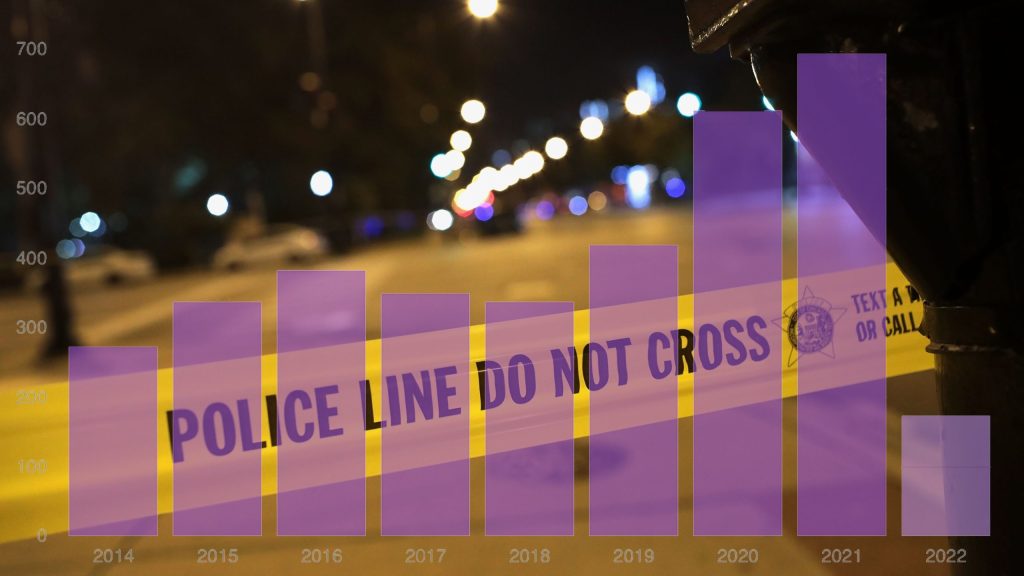Sundown towns in Ohio is also called sunset towns, gray towns, or sundowner towns, are all-white communities or neighborhoods in the United States that practice racial segregation by excluding non-whites through a variety of discriminatory local legislation, intimidation, and violence, according to Wikipedia. Many of the sundown towns in America featured signs stating “Nigger, Don’t Let The Sun Go Down On You In ” at their city limits, according to James W. Loewen’s book “Sundown Towns: A Hidden Dimension of American Racism.” But did Ohio have any sundown towns? Yes, according to research.
Sundown Towns in Ohio:
We have unearthed information about several Ohio sundown towns.

Fairborn, Ohio:
Many black people, including many students from the nearby Historically Black University Central State, now reside in Fairborn, Ohio. However, it is believed that in the middle of the 1960s, the mayor of Fairborn forbade blacks or African Americans from residing there and labeled it a sundown town.
Readings, Ohio:
Black people were not allowed to live in Reading, a suburb of Cincinnati founded in 1797. Or to enter the municipal limits after dark until 1912. Between 1860 and 1960, a period of one hundred years. No black people were found in Reading, according to census records.
Marion, Ohio:
The 29th President of the United States, Warren G. Harding, was born and died in Marion, which was also known as a sundown town while he resided there. Marion is also the location of his final burial place. According to legend, a 1919 assault on a white woman led to the expulsion of all black people from the town. President Hardin hired blacks at the Marion Star over the opposition, despite blacks being forbidden from residing there.
Shelby, Ohio:
While it is challenging to pinpoint the precise reason why Shelby, Ohio, is considered a sundown town because of its extremely low black population. This has been proven in numerous US Census polls, dating back to the 2010 census, where black people made up just.2% of the country’s 9.317 inhabitants.
Waverly, Ohio:
Waverly was a well-established sundown town as early as the 19th century. However, Waverly never had “a Negro or mulatto resident,” according to Wikipedia, which quotes an anonymous contributor as saying that “Waverly’s not having a single colored resident is a remarkable mark of distinction for a town of its size.” In Waverly, there was also a sizable presence of the Klu Klux Klan.
Niles, Ohio:
The birthplace of William McKinley, America’s 25th president, was Niles, a hamlet close to Youngstown. But Niles was a sundown town before his birth in the early 20th century. Niles was even supposed to have a sign warning “niggers” not to “let the sun set on their heads” at the Erie depot.
Typically, when we consider sunsets, we do not consider sorrow or suffering. But for many black tourists across the nation. These towns have turned something as lovely as the sun setting into a horrific nightmare. Sundown towns, also known as grey towns, were exclusively white neighborhoods in the United States that employed discriminatory municipal legislation, intimidation, or violence to maintain their town exclusivity.

